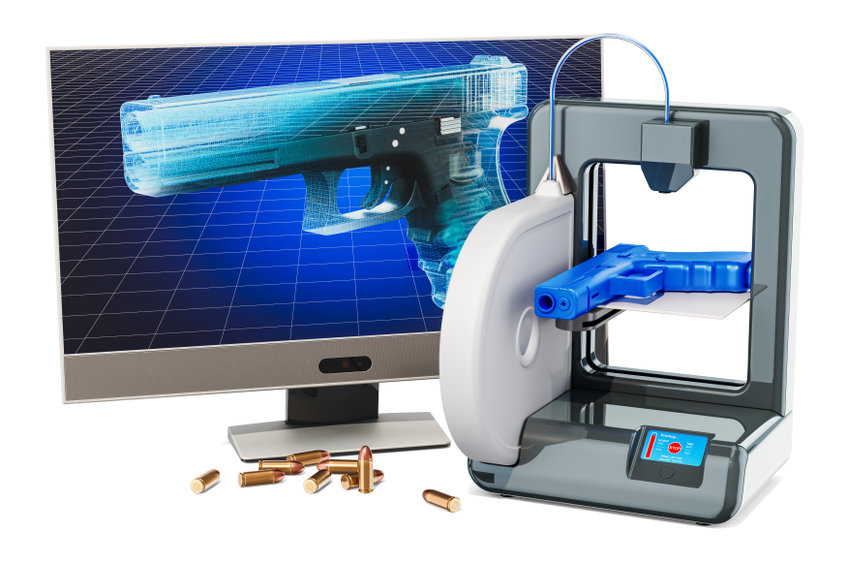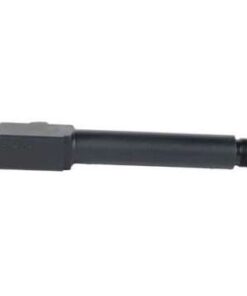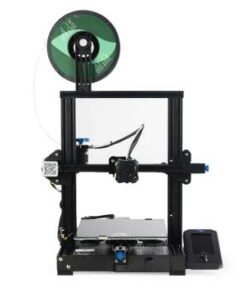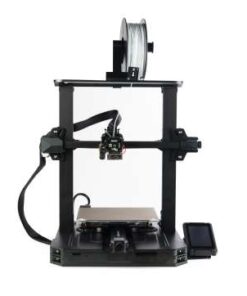Uncategorized
3D Printer for Making Guns: A Comprehensive Guide
3D Printers
3D Printers
3D Printers
The advent of 3D printing technology has transformed various industries, and one of the most controversial applications has been in the realm of ghost gun for sale firearms. This guide will explore the use of a 3D printer for making guns, the benefits and challenges involved, legal considerations, and the future of this technology.
What is a 3D Printer for Making Guns?
A 3D printer for making guns refers to a 3D printing machine specifically utilized to create firearm components or complete firearms. Using digital designs, users can print parts such as lower receivers, grips, and even some barrels, often from materials like plastic, resin, or metal.
Key Features of 3D Printers for Firearms
- Customization: Users can modify designs to tailor the firearm to their preferences, enhancing ergonomics and functionality.
- Rapid Prototyping: 3D printers allow for quick iterations in design, enabling users to test and refine their firearms efficiently.
- Home Manufacturing: With a 3D printer to print guns, individuals can produce firearms in the comfort of their homes, making gun manufacturing more accessible.
Benefits of Using a 3D Printer for Making Guns
1. Personalization
One of the most significant advantages of using a 3D printer for making guns is the ability to customize every aspect of the firearm. This includes modifying grip sizes, barrel lengths, and even aesthetic features like finishes.
2. Cost-Effectiveness
Creating gun parts through 3D printing can be more economical than purchasing commercially manufactured firearms, especially for those who already own a 3D printer. This can be particularly beneficial for hobbyists and enthusiasts.
3. Innovation and Experimentation
3D printing encourages innovation in firearm design. Users can experiment with new features and functionalities that may not be found in traditional firearms, leading to unique and creative solutions.
Challenges of Using a 3D Printer for Making Guns
1. Material Limitations
While certain components can be printed using plastics, many critical parts, such as barrels and slides, need to be made from metal or specialized materials for safety and reliability. The choice of material significantly impacts the durability and performance of the firearm.
2. Safety and Reliability Concerns
3D printed guns may not always meet the same reliability and safety standards as traditional firearms. Users must carefully consider the designs and materials used to ensure that their firearms function properly and safely.
3. Legal Regulations
The legal landscape surrounding the manufacture of firearms using 3D printers is complex and varies by jurisdiction. Understanding local laws is crucial for compliance.
Legal Considerations
When using a 3D printer for making guns, it’s essential to be aware of the following legal aspects:
- Federal Regulations: In the United States, the Bureau of Alcohol, Tobacco, Firearms and Explosives (ATF) regulates the manufacturing of firearms, including those made with 3D printers.
- State Laws: Different states have specific regulations regarding homemade firearms and ghost guns. Awareness of these laws is vital to avoid legal issues.
- Serialization Requirements: Some jurisdictions may require homemade firearms to be serialized, impacting the legality and process of manufacturing firearms with a 3D printer.
The Future of 3D Printing in Firearm Manufacturing
The future of using 3D printers for making guns is both exciting and challenging. As technology continues to evolve, we can expect advancements in materials and printing techniques that could improve the safety and functionality of 3D-printed firearms. However, ongoing legal debates and regulations will play a significant role in shaping the landscape of 3D-printed firearms.
Conclusion
Using a 3D printer for making guns presents a fascinating intersection of technology and firearms. While it offers numerous benefits such as customization and cost-effectiveness, it also comes with challenges related to materials, safety, and legality.
For enthusiasts and builders, understanding the implications of creating and owning 3D-printed firearms is essential. As the technology evolves, staying informed about legal regulations and advancements will be crucial for anyone looking to explore the world of 3D-printed guns. Whether you’re a hobbyist or a serious firearms enthusiast, the potential of 3D printing in firearm manufacturing is an exciting frontier worth exploring.




